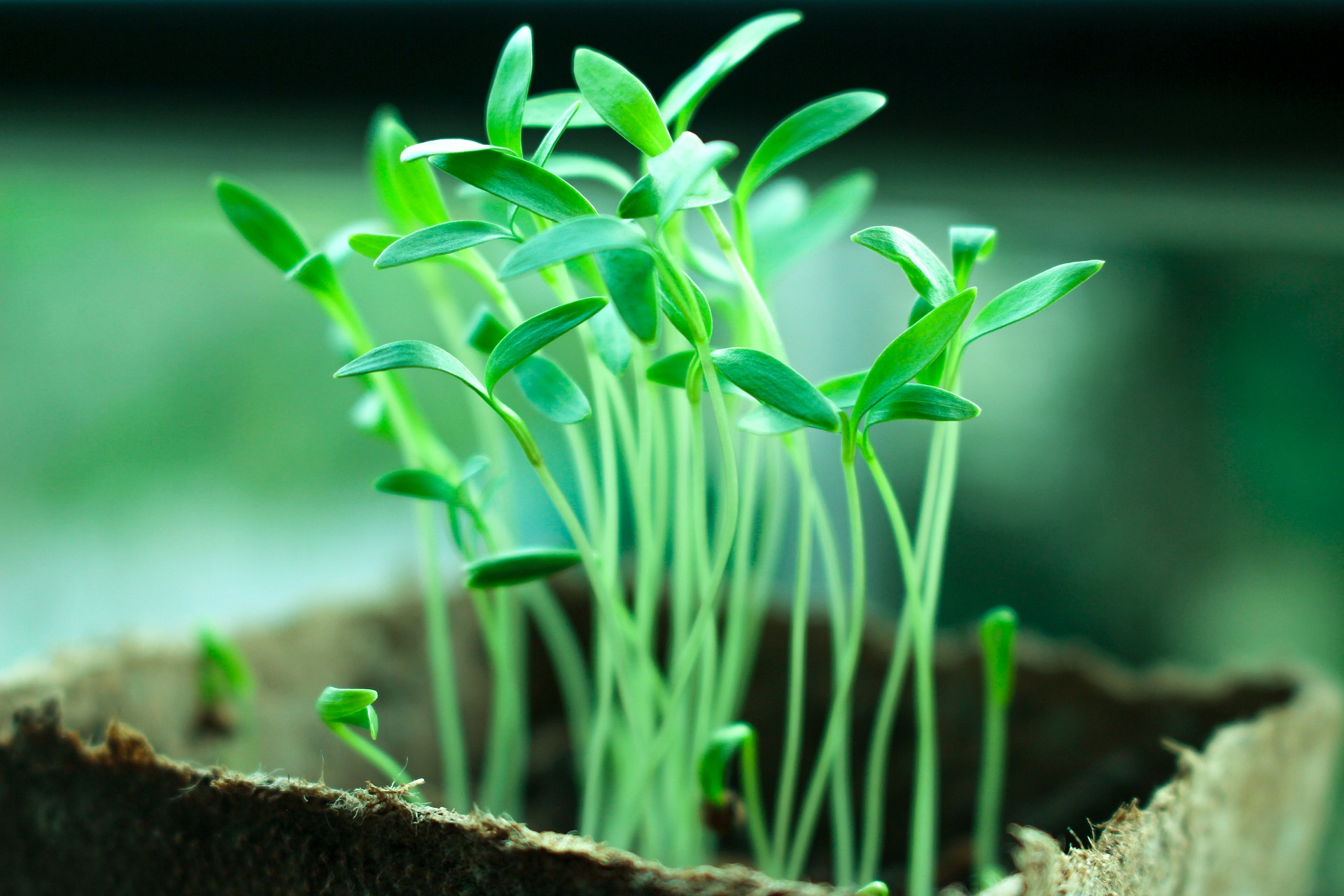Fertilizing Maple Trees in West Warwick RI
Posted on 4/18/2020 7:05:53 PM

There are no serious insect or disease problems with red maple but they are occasionally susceptible to verticillium wilt , anthracnose, cankers, leaf spot, or tar spot. Aphids, borers, and scale may appear as insect pests. In drought conditions, the trees may exhibit leaf scorch.
Tar spot is a fungal disease that affects the leaves of a maple tree. It’s easy to recognize by the large black spots that look like tar on the leaves. While the disease is pretty harmless, it makes for some ugly leaves. The infection begins in early spring and can continue into the early summer. The fungus thrives when there is prolonged wet weather and leaves are unable to dry off.
Why Do You Need to Fertilize Your Trees?
The main reason to fertilize trees and shrubs is to bolster their health so they are better prepared to fight off pests, disease, and environmental stresses. While fertilizer can't solve all of a tree's problems, it will go a long way to give it a fighting chance.
Fortunately, japanese red maple trees have no serious issues when it comes to fending off bugs and diseases. However, if planted in soil with a ph that is too high, chlorosis, or yellowing leaves, may occur. If it’s not possible to move the tree to a different location, short and long term solutions are available. In the short term, it helps to add fertilizer with nitrogen and sulphur to the soil in the spring. You can also add iron and manganese to the top soil layer. As a long term solution, it helps to pull up anything growing under the tree, such as grass, weeds or companion plants, and then add one or two inches of compost, followed by a heavy layer of mulching with three or four inches of wood chips. Keeping the soil moist when heat is high will also help prevent chlorosis, keeping foliage lush and healthy.
There is a right and wrong time to fertilize your trees. Just before bud break is the perfect time. This is when your trees are beginning their annual growth cycle and “eat” the most food.
Maples should be fertilized once or twice a year. However, not just any fertilizer will do. Maples evolved in very specific forest conditions and are susceptible to insects and disease. They therefore have very specific fertilizer requirements that will not be met with a standard "one-size-fits-all" lawn and turf fertilizer. In particular, fertilizers that release large amounts of nitrogen quickly into the soil can encourage structurally weak growth that could cause problems. Aside from the formulation, the method of fertilization differs from that of your grass. In order to give your trees the most benefit, the fertilizer must be placed below the grass roots.
To prevent the onset of bacterial blight, ensure proper spacing when trees are planted. For trees with dense foliage, prune where necessary to ensure proper air circulation and be sure to sanitize the pruning tools after each branch with a mixture of 1 part bleach and 5 parts water. Properly fertilize the tree with a treehelp annual care kit to maintain strong healthy growth.
Fertilize the dying tree in early spring with a 10-10-10 nitrogen-based fertilizer, following instructions on the package for the size and age of the tree. An extra boost of nutrients at the start of the growing season will give it the best chance for survival.
How To Fertilize A Tree
Fertilize in the fall using a balanced 10-10-10 or 20-20-20 fertilizer. Use a slow release fertilizer and spread it over the area under the tree, keeping it 2 feet from the base of the trunk. Check the package to determine the correct application method and amount for your tree.
In spring renew the mulch and apply a small quantity of tree fertilizer, scattered over the whole root zone. Young trees also benefit from liquid fertilizer during the early years, applied in late spring and early summer.
Fertilizing can help your tree grow much quicker as well as help it protect itself from insects, pests, and diseases. Slow release granules work extremely well with maple bonsai. Once placed on your the topsoil of your tree, the granules will slowly dissolve with every watering. The fertilizer granules will break apart and provide nourishment to the tree’s roots over time.
Consider a commercial tree root feeder to inject fertilizer right where it is needed for your maple tree. The feeder is a hollow metal stake about 30 inches long that has a swivel hose connection and an anti-siphon check valve. The stake is pushed into the soil at the base of the tree to allow the roots to be fed directly.
Everyone wants a bigger tree…now… but it is very easy to add too much fertilizer when trying to make your tree grow to fast and end up damaging your plant. In fact, most maples do not require any fertilizer for healthy growth. When trees are pushed with fertilizer it often invites disease and die back in the stems. Once the maple has established a strong root system it will begin putting on top growth. This sometimes takes one to two years.
Don't try to force this tree to grow faster by fertilizing it more than is necessary. In spring, before leaves emerge, add a small amount of organic slow-release fertilizer to the soil. Then fertilize the tree annually, around the same time you add the mulch (early summer).
Your local Fertilizing Maple Trees in West Warwick RI
Watch this Fertilizing Maple Trees video in West Warwick RI
This is a page on Fertilizing Maple Trees in West Warwick RI